Mining, petrochemicals: Iran’s keys to making sanctions fail
Iran’s mining and mineral industry companies exported $12.2 billion worth of products in the last Persian year which ended on March 20, government data show.
They exported more than 48.6 million tonnes of products, up 3.4 percent in weight and 7.6 percent in value year-on-year, the data released by state mines and metal holding company IMIDRO showed.
The exports included $5.7 billion of steel, $1.5 billion of copper, $973.3 million of aluminum, $626.3 million of pellet feed, $597 million of zinc, $453.7 million of coal and coke, $343.2 million of cement, $206.1 million of sponge iron, $199.7 million of stones and related products, $111.1 million of molybdenum, $90 million of iron concentrate, $81.6 million ferrous scrap and $80.2 million of lead.
Other products exported in the period included chrome, antimony, mica, titanium, precious metals and nickel.
The country also imported nearly 4.4 million tonnes of mineral products worth $4.9 billion to meet the needs of domestic factories, IMIDRO said.
Iran’s extractives industry is relatively underdeveloped, but it is emerging as a new front in beating the West’s sanctions, because the sector is harder to sanction due to its immense diversity.
From extremely sensitive radioactive materials to such ordinary substances as lime, the sector includes as many as 120 elements.
Iran holds about 7 percent of the world's proven mineral reserves estimated at 60 billion tonnes, which include 68 types of minerals. At current rates, its mineral reserves are worth $700 billion, but officials say the real figure is much higher.
“Assuming that the value of Iran's mineral reserves is at least $700 billion, their added value would be $4 trillion,” former IMIDRO head Mehdi Karbasian said in August 2020.
“Today, we only know about mines up to depth of 100 and 150 meters of land, and we declare our reserves based on that, while we have not yet gone to the mines at greater depths,” he said.
Iran is a leading producer of steel in the world, with officials saying exports continue despite the US sanctions. It plans to raise steel output to 55 million tonnes a year by 2025, of which 20 to 25 million tonnes would be earmarked for export.
The pivotal role of the manufacturing sector in Iran’s economy has not escaped the attention of US administrations. Washington has imposed sanctions targeting Iran’s construction, manufacturing, textiles, mining, aluminum, copper, iron and steel industries.
Another sector amenable to sanctions busting is Iran’s sprawling petrochemical industry. Officials say the wide diversity of petrochemical products and huge international demand for them because of their quality and price make the industry unsanctionable.
On Monday, director of planning and development of the National Petrochemical Company (NPC) Hassan Abbaszadeh said Iran exported 28 million tonnes of petrochemical products worth $16 billion last year.
Petrochemical production stood at 70 million tonnes last year. It is set to reach 80 million tonnes this year, he told reporters in Tehran on the sidelines of the 14th international Iran Petrochemical Forum (IPF).
“Currently, 70 petrochemical complexes are operating in Iran, three of which are, of course, utility units,” he said.
NPC Managing Director Morteza Shahmirzaei told the forum the several-fold expansion of Iran's petrochemical industry shows the sanctions are just “a joke, even though they might cause us some trouble”.
Before the Islamic Revolution in 1979, Iran’s petrochemical industry was 100% dependent and managed by foreign consultants.
“Our goods and equipment and technical know-how and project implementation were all completely dependent on outside help,” Shahmirzaei said.
“The variety of our products was less than the number of fingers on both hands. Petrochemical production before the revolution was 1.5 million tonnes, even though the installed capacity was slightly higher.
“After the revolution, despite all the foreign sanctions, Iran's industrial progress has been remarkable. The enemy did not stop even with sanctions and martyred our scientists, but could not stop Iran's progress,” he said.
According to Shahmirzaei, the installed capacity of Iran's petrochemical industry is 91.5 million tonnes. The overall feed and fuel required in the industry is 47.5 million tonnes, equivalent to one million barrels of oil per day, he added.
Shahmirzaei said, “Currently, more than 550 grades of chemical and polymer products are produced in Iran. By the end of the 13th government [in 2025], our dependence on catalysts will end and we will localize everything. We have also localized about 80% of the required equipment.”
“Now other sanctioned countries are buying Iranian equipment and catalysts. Not one tonne or two tonnes, but hundreds of tonnes of Iranian catalysts have been exported,” he added.
Last month, Shahmirzaei said Iran has received an offer for $2.5 billion of investment in its petrochemical sector from a foreign country.
“Friendly countries have many requests to invest in Iran in order to build petrochemical hubs in Makran and Jask. For example, one of the countries has put an investment proposal of $2.5 billion on the table. Unfortunately, due to sanctions, we cannot provide more details,” he said.
Washington imposed its first sanctions on Iran’s petrochemical sector back in June 2019. It banned purchases of Iranian aromatic, olefin, and synthesis gas, and any of their derivatives, including ethylene, propylene, butadiene, benzene, toluene, xylene, ammonia, methanol, and urea.
“The petrochemical industry is very attractive and profitable, and I invite all domestic and foreign investors to invest in this industry,” Shahmirzaei said on Monday.
Israeli strike kills one in southern Lebanon: State media
Ukraine says it can hold frontline as Trump suspends all military aid
'Red line': Hamas rejects Israel’s demand for ‘full demilitarization’ of Gaza
VIDEO | Ramadan transforms streets into vibrant celebrations in Iran
Until we meet again: A letter to the ‘master of resistance’ Sayyed Hassan Nasrallah
Unraveling Iran’s puzzle of assets frozen abroad
Indian worker shot dead in Jordan trying to enter Israeli-occupied territories
Leader’s advisor warns Turkish officials against repeating baseless claims about Iran


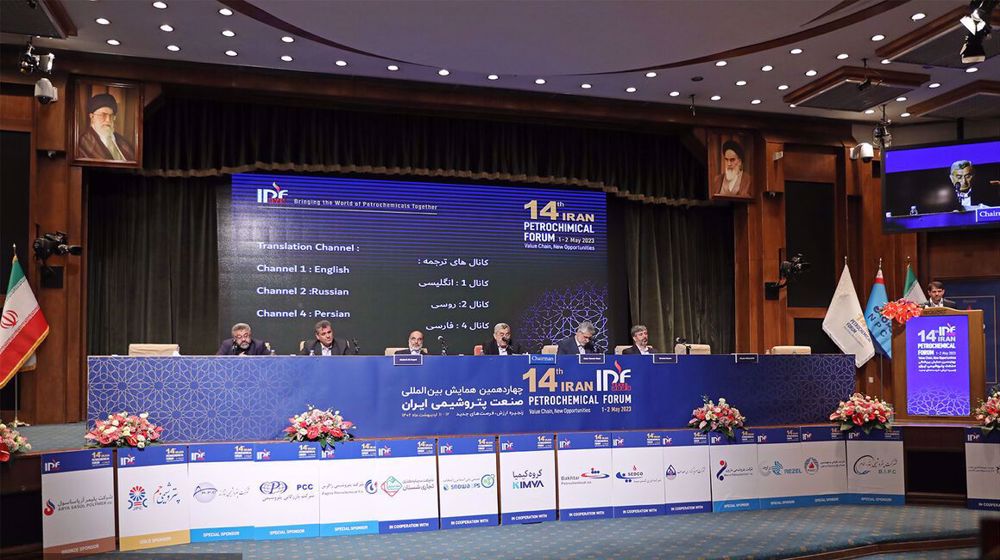
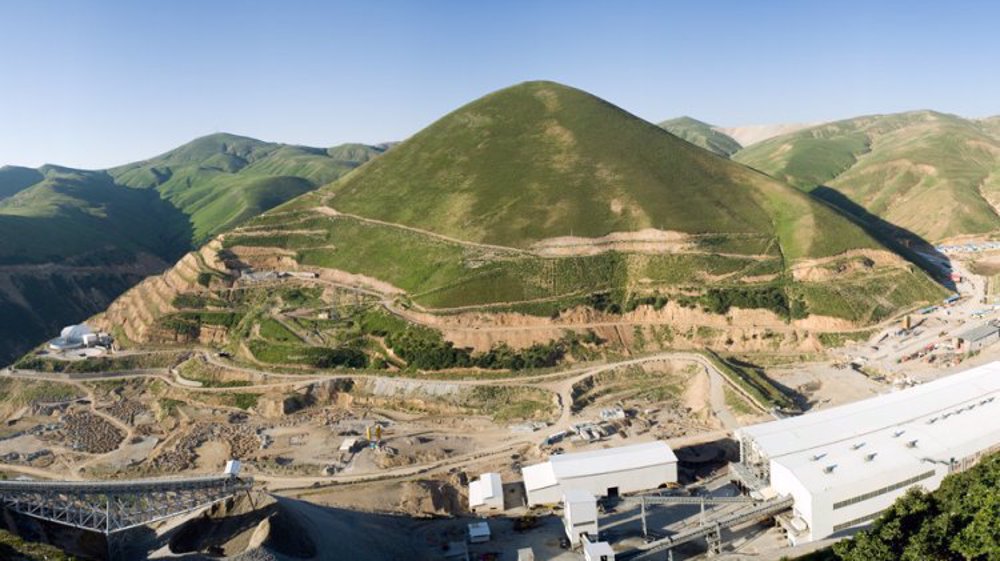
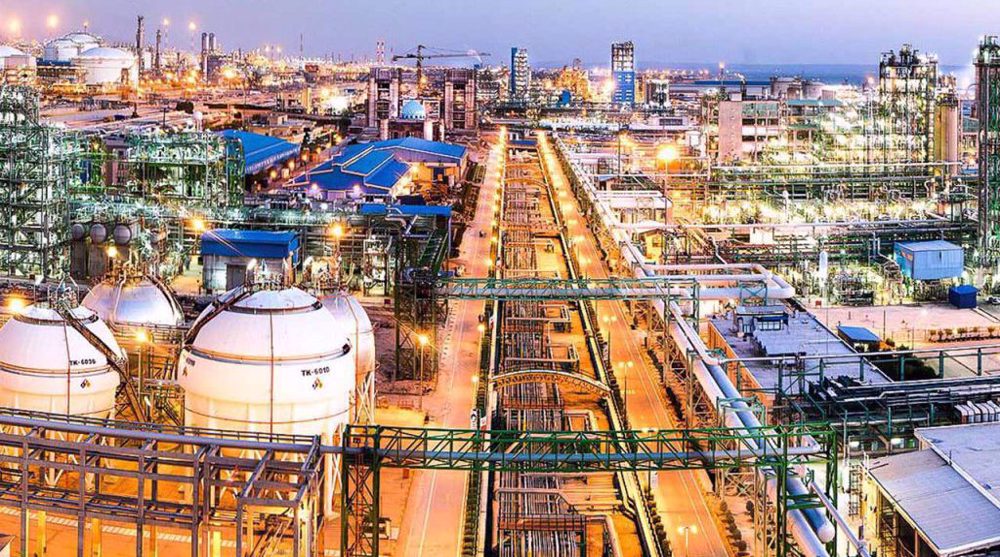
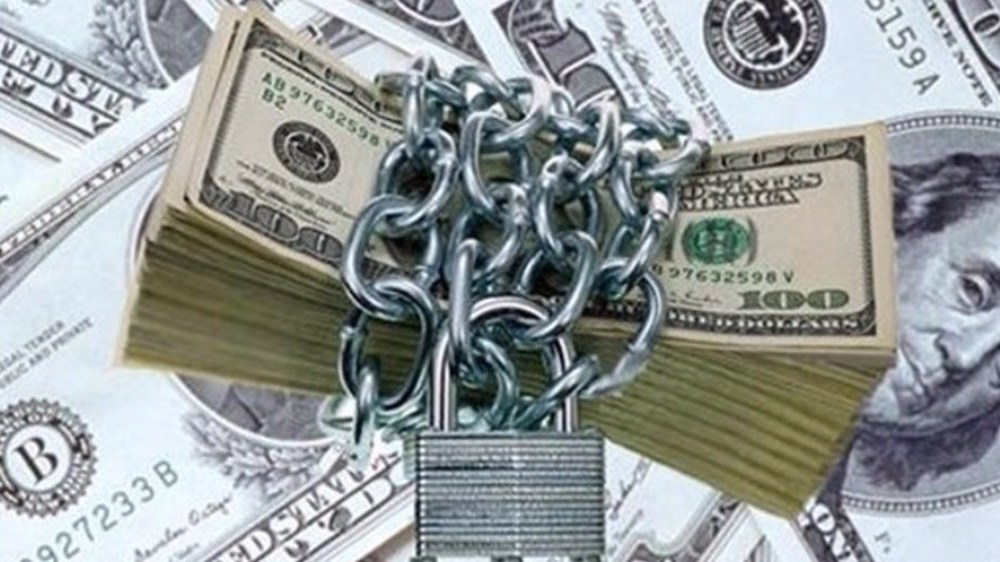
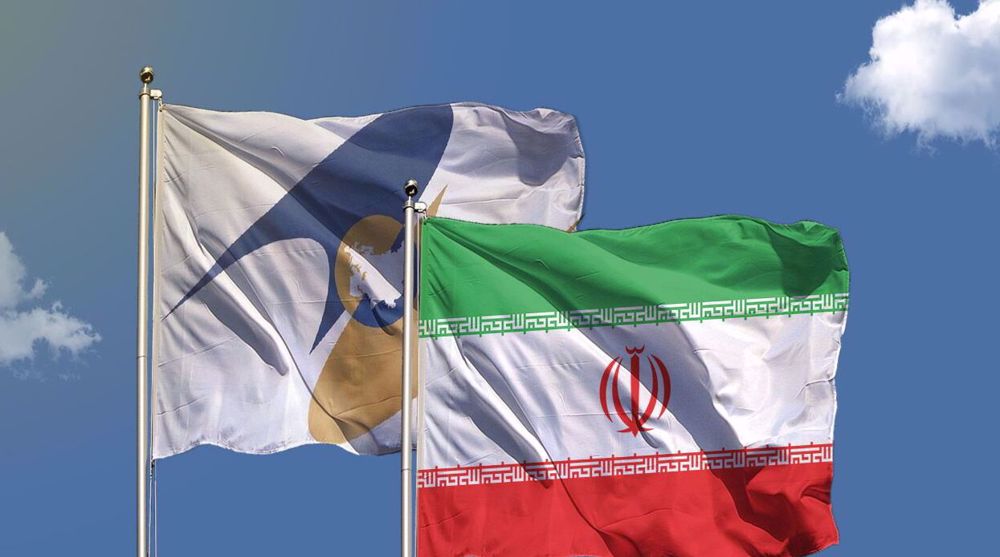





 This makes it easy to access the Press TV website
This makes it easy to access the Press TV website